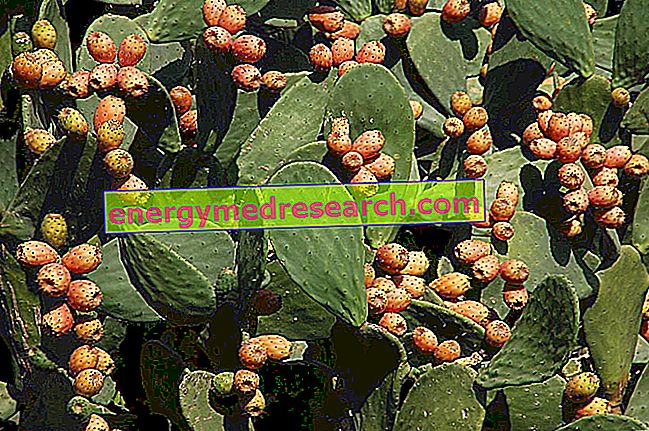Related articles: Chlamydia
Definition
Chlamydia is a common infectious disease, transmitted mainly through sexual contact. In most cases it runs in a paucisintomatic way (scarcity of symptoms) or even asymptomatic. Recognizing it in time, and defeating it with an adequate antibiotic treatment, is however very important, since it protects it from its possible complications (which can cause sterility).Most common symptoms and signs *
- Cervical mucus alteration
- aSTHENOSPERMIA
- bacteriuria
- Dysuria
- Abdominal pain
- Pain in the penis
- Ovarian pain
- Pain during sexual intercourse
- Pelvic pain
- Asthenic ejaculation
- Painful ejaculation
- Pus emission from the penis
- Erythema of the urinary meatus
- Swelling, redness, heat or pain on palpation of the scrotum
- infertility
- Iridodonesi
- Sore throat
- Mass or swelling in the groin
- Mucorrea
- nocturia
- Urethral leaks, sometimes visible only after squeezing the glans
- Vaginal discharge
- Throat Plates
- Anal itching
- Urethral itching
- Blood in the stool
- Blood in the urine
- Vaginal bleeding
- Smelly vaginal secretions
- Spermatorrea
- Strangury
- Rectal tenesmus
- Bladder tenesmus
- teratozoospermia
- Smelly urine
- Dark urine
- Cloudy urine
Further indications
When present, the typical symptoms of chlamydia include pain during urination, pain in the lower part of the abdomen, vaginal and urethral leakage (in the male often only after squeezing the glans), pain during and after sexual intercourse in the woman and the testicles in 'man; the inflammatory process can also affect the rectum (proctitis) if the infection occurs through anal intercourse. Chlamydia symptoms are therefore comparable to those of gonorrhea, although generally of a more moderate intensity. Moreover, when present, these symptoms - which generally appear within 1-2 weeks from the infection - are modest and tend to resolve positively within a few days, unless the two infections coexist (which is quite common).



